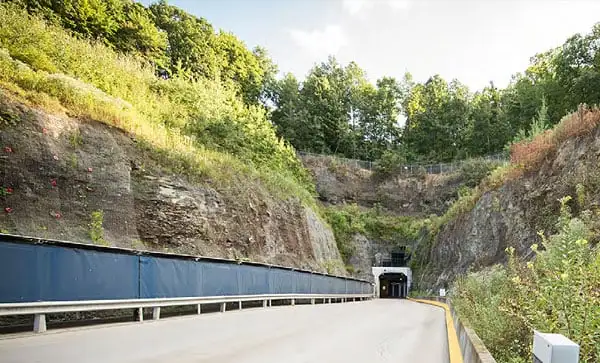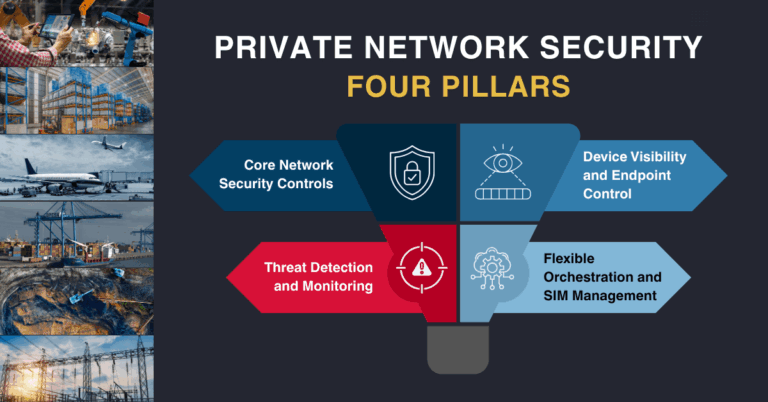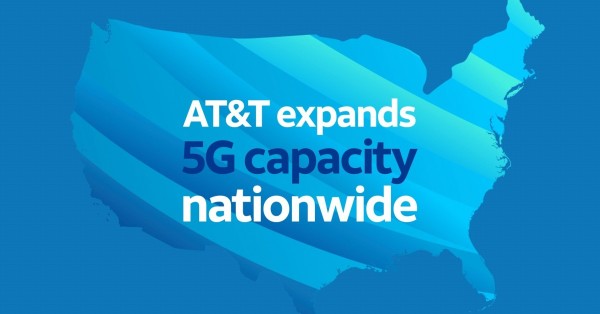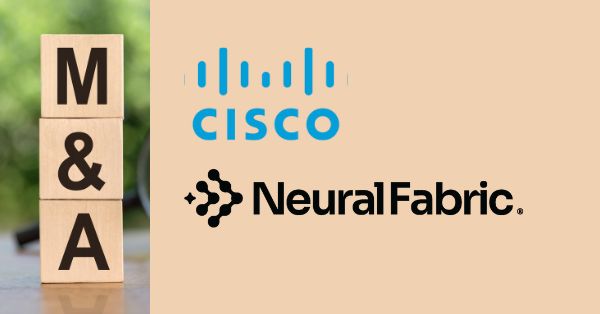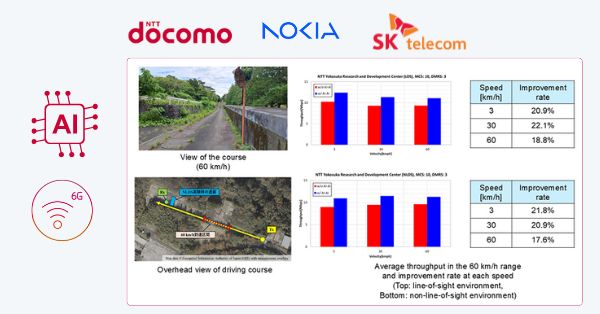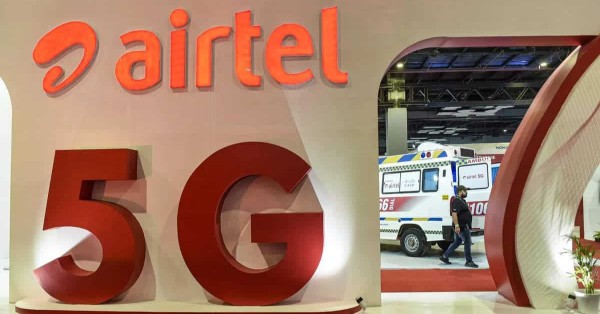AI data center boom and the return of underground facilities
Two narratives are converging: Silicon Valley’s rush to add gigawatts of AI capacity and a quiet revival of bunkers, mines, and mountains as ultra-resilient data hubs.
Silicon Valley’s AI gigawatt buildout
Recent headlines point to unprecedented AI infrastructure spending tied to OpenAI, with reports of Nvidia planning a massive investment, Oracle issuing multi‑billion‑dollar bonds, and new “Stargate” facilities backed by Oracle and SoftBank to deliver fresh gigawatts over the next few years. These moves are less about prestige and more about supply: OpenAI’s new background features like Pulse highlight how serving persistent, personalized AI workloads is constrained by compute and energy. The message to operators and buyers is clear—capacity, not algorithms, is the current bottleneck.
Why underground bunkers, mines, and mountains suit AI workloads
At the same time, legacy military sites and natural caverns are being repurposed for cloud and archival workloads. Examples range from a UK nuclear-era bunker now operated by Cyberfort, to Sweden’s Pionen, Switzerland’s “Swiss Fort Knox” by Mount10, Iron Mountain’s underground facilities in the U.S., and the Arctic World Archive in Svalbard by Piql. National institutions like the National Library of Norway also rely on mountain vaults. The draw is physical security, thermal stability, data sovereignty, and a narrative of longevity in an era where outages and cyber‑physical risks are rising.
Risk, sovereignty, and benefits of underground data centers
Geopolitics, regulation, and escalating outage impact are reshaping site selection and architectural choices.
Designing for cyber‑physical resilience
Conflicts and hybrid attacks have targeted connectivity and data infrastructure, pushing sensitive workloads toward hardened sites below ground. Governments like the UK now classify data centers as critical national infrastructure, raising the bar for physical and operational resilience. Recent mass outages—from CDN failures to the 2024 endpoint incident that rippled across airlines, banks, and hospitals—underscore the cost of downtime and the need for fault isolation beyond software controls.
Data sovereignty, residency, and compliance
Location matters again. Jurisdictional exposure determines how data is accessed, audited, and protected. UK- and EU‑hosted environments help regulated sectors align with GDPR, NIS2, and finance rules like DORA, while U.S. placements bring different legal overlays. Sovereign cloud constructs, residency controls, and contractual portability are becoming board‑level requirements. Underground and domestically sited facilities offer operators a simple story on sovereignty and chain of custody.
Power, cooling, and sustainability for AI data centers
The AI build‑out collides with grid interconnection queues, water scarcity, and rising scrutiny of carbon and noise.
The unforgiving energy math of AI
Global data centers already consume hundreds of terawatt‑hours annually, and AI training plus high‑QPS inference amplifies the curve. Developers are locking in long‑dated PPAs, evaluating grid‑adjacent siting near renewables, and piloting heat reuse. Underground sites can provide thermal inertia and controlled environments that favor advanced cooling—direct liquid cooling or immersion—and closed‑loop systems that cut freshwater draw. Yet backup still leans on diesel; transitions to HVO, fuel cells, or battery‑hybrid systems should be mandated in roadmaps.
Procurement checklist for AI-ready facilities
Set hard thresholds on PUE and WUE; require real‑time telemetry and third‑party assurance (ISO 27001, SOC 2, and energy disclosures aligned to Scope 2 and 3). Tie contracts to renewable matching (hourly where possible), grid‑aware scheduling for deferrable AI jobs, and clear end‑of‑life and heat‑reuse plans. For AI clusters, specify DLC‑ready designs, hot‑aisle containment, and rack power densities aligned to next‑gen accelerators. Ask for Uptime Institute Tier III/IV or EN 50600 alignment, and verify local permits and community mitigation for noise and traffic.
Network and architecture strategy for telecom and enterprise
Compute without bandwidth and topology is stranded capacity, and resiliency now hinges on interconnect diversity.
Backbone, edge, and latency for AI training and inference
AI inference pushes content and models closer to users, while training centralizes at hyperscale clusters. That means densifying metro interconnects, securing diverse long‑haul paths, and extending 400G/800G DCI with ZR/ZR+ optics between availability zones. For telecoms, align multi‑access edge computing with AI caching and feature stores, and pre‑position dark fiber or wavelength services to underground or unconventional sites. Balance sovereign zones with latency budgets for real‑time apps.
Resilience patterns and outage risk management
Adopt active‑active multi‑region for critical flows, with deterministic failover and circuit diversity across carriers and paths. Use multi‑cloud for control-plane independence, but localize data by policy. Instrument blast‑radius controls, test brownout modes, and model outage costs—industry studies show five‑figure losses per minute are common. Peer broadly at IXPs, deploy private interconnect with major clouds and SaaS, and validate change‑management controls for shared components that can trigger systemic incidents.
What to watch next—and what to do now
The next year will be defined by power deals, siting innovation, and the real utility of AI features that justify this spend.
Executive watchlist: financing, power, and tech milestones
Track AI data center financings, including bond issuance by cloud partners and any utility‑scale power agreements tied to new campuses. Monitor sovereign cloud programs, underground facility expansions, and moves toward lifetime archival services. Follow advancements in DLC/immersion, heat reuse mandates, and potential small modular reactor pilots near industrial parks. Watch how capacity‑constrained AI features expand beyond premium tiers—this signals when inference supply catches up with demand.
Action plan for AI buyers and data center operators
Shortlist facilities with verifiable sovereign posture, underground or otherwise hardened options, and multi‑utility feeds. Lock interconnect early—diverse fiber entries, carriers, and coherent DCI. Contract for renewable‑matched power with escalation clauses tied to density. Require DLC‑ready racks, noise mitigation, and community engagement plans. Implement multi‑region active‑active patterns, continuous chaos testing, and strict RTO/RPO. Build exit ramps: data portability, migration SLAs, and fair‑use egress to avoid lock‑in. Finally, treat sustainability as a gating control, not a narrative—tie spend to measurable reductions in PUE, WUE, and carbon intensity.



